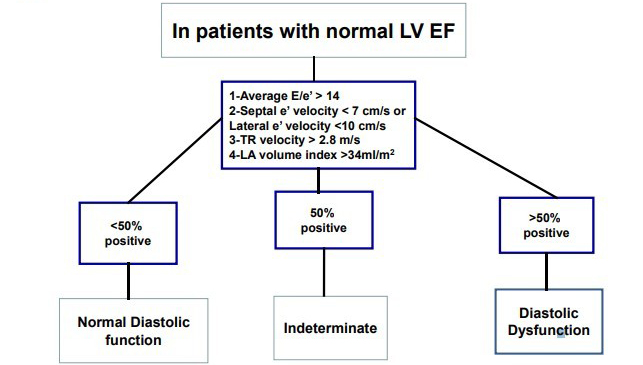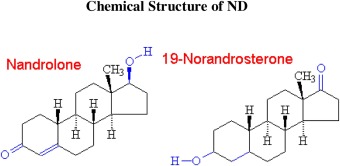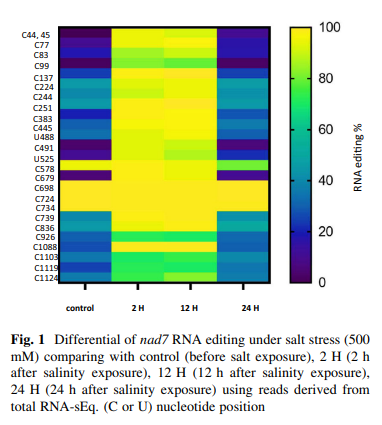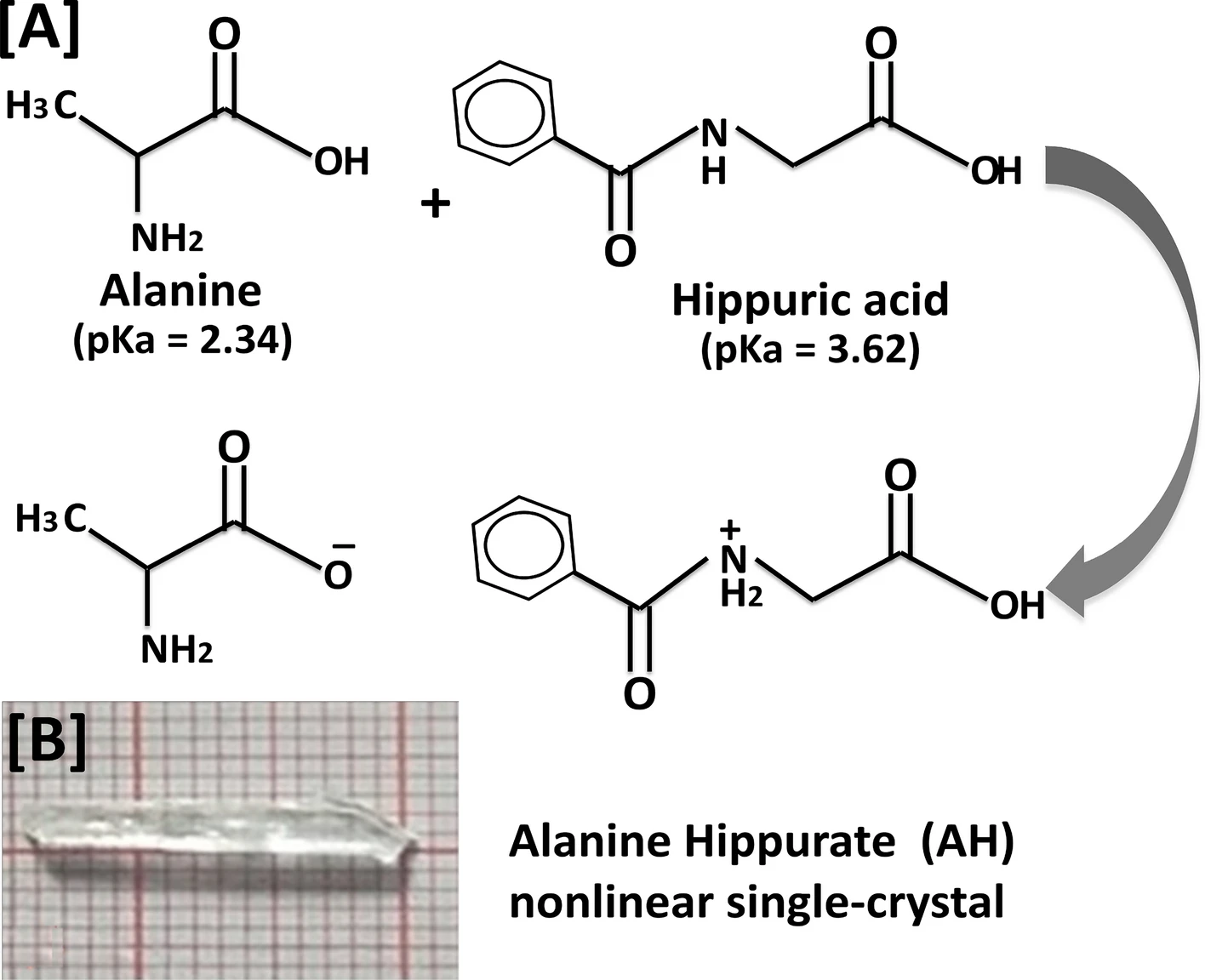
Left ventricular diastolic function in type 2 diabetes mellitus is associated with myocardial triglyceride content but not with impaired myocardial perfusion reserve
Purpose: To study myocardial perfusion reserve and myocellular metabolic alterations indicated by triglyceride content as possible causes of diastolic dysfunction in patients with type 2 diabetes mellitus, preserved systolic function, and without clinically evident coronary artery disease. Materials and Methods: Patients with type 2 diabetes mellitus (n = 42) underwent cardiac magnetic resonance (CMR) for quantification of 1) myocardial contractility by strain-encoded MR (SENC); 2) myocardial triglyceride content by proton magnetic resonance spectroscopy ( 1H-MRS); and 3) myocardial perfusion reserve during pharmacologic hyperemia. Age-matched healthy volunteers (n = 16) also underwent CMR to acquire normal values for myocardial strain and perfusion reserve. Results: Stress CMR procedures were successfully performed in all subjects, and no regional inducible perfusion defects were observed in type 2 diabetes mellitus patients. Diastolic strain rate and myocardial perfusion reserve were significantly impaired in patients with type 2 diabetes mellitus compared to control subjects (P < 0.001 for both). Interestingly, impaired diastolic function in type 2 diabetes mellitus was not associated with impaired myocardial perfusion reserve (r = 0.12, P = NS). Conversely a significant association was observed between diastolic dysfunction and myocardial triglyceride content (r = -0.71, P < 0.001), which proved to be independent of age, gender, diabetes duration, blood pressure, and fasting blood glucose. Conclusion: Myocardial steatosis may represent an early marker of diabetic heart disease, triggering subclinical myocardial dysfunction irrespective of myocardial perfusion reserve. © 2011 Wiley Periodicals, Inc.



